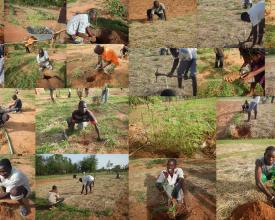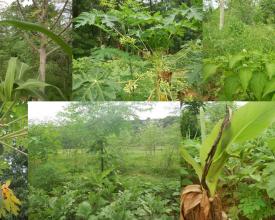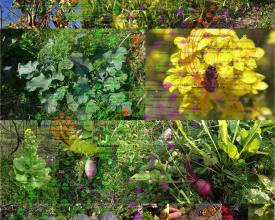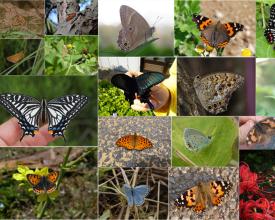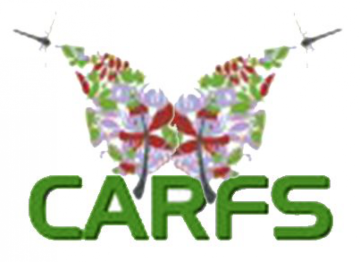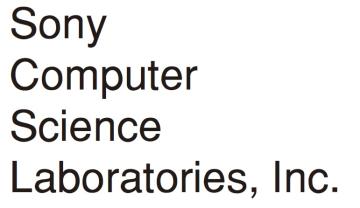
Projet Synecoculture (agriculture synécologique)
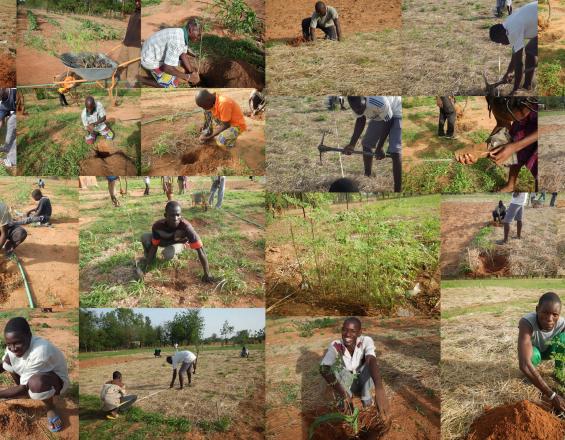
Nous avons mis au point une nouvelle méthode de culture maraîchère : La synécoculture, basée sur l'association mixte à haute densité de plantes comestibles sans labour, sans engrais et sans produits chimiques.
Nous avons introduit une grande diversité de cultures (200 espèces, 700 variétés dans 1000㎡) pour des récoltes durables tout au long de l'année. Il a été démontré que cela renforçait la sécurité alimentaire, le profil nutritionnel, la qualité des sols, la rentabilité, l'adaptation au climat et la biodiversité des champs.
Au Japon, la productivité a été multipliée par 2 à 4 par rapport à la méthode conventionnelle.
AuBurkina Faso, la productivité a été multipliée par 40 à 150 et la rentabilité par 10 dans la région tropicale aride.
L'extrapolation linéaire des résultats montre qu'une propagation stratégique de la synécoculture pourrait permettre à l'ensemble de la population du Burkina Faso de dépasser le seuil de pauvreté et d'atteindre de manière substantielle les objectifs d'Aichi en matière de biodiversité.
Contexte
Défis à relever
Emplacement
Impacts
Nous avons introduit environ 200 espèces de plantes comestibles (700 variétés) à l'échelle 1000㎡ au Japon depuis 2010, et 150 espèces à l'échelle 500 ㎡ au Burkina Faso en 2015, dans le cadre d'une coexistence contrôlée avec les espèces naturelles. Le travail du sol et les produits chimiques n'ont pas été appliqués afin de préserver les sols et les écosystèmes, ni les engrais pour éviter la pollution de l'eau.
Les systèmes de polyculture mixte à haute densité sont passés par un processus d'auto-organisation basé sur la croissance spontanée de la communauté végétale sous la direction de l'homme par une récolte d'éclaircissement pour maintenir la coexistence de diverses espèces.
Par conséquent, le champ et les environnements environnants ont augmenté la biodiversité au-delà de l'état de préservation naturelle. L'observation visuelle à l'aide des TIC a permis d'enregistrer plus de 1 000 espèces de plantes et d'insectes au Japon, y compris des espèces figurant sur la liste rouge de l'UICN dans une parcelle. Des terres arides abandonnées au Burkina Faso ont rétabli la végétation à un stade plus mature de la succession primaire en termes de composition des espèces.
Au Burkina Faso, les coûts totaux de la mise en œuvre se sont élevés à 1 487 218 FCFA/an/500㎡, y compris les semences, l'eau, les outils et les coûts de main-d'œuvre, avec une productivité de 7 572 000 FCFA/an/500㎡. Il en résulte une rentabilité totale de 5,09 (5 fois plus de bénéfices que l'investissement global) dès la première année, soit 10 fois plus que les autres méthodes testées.
